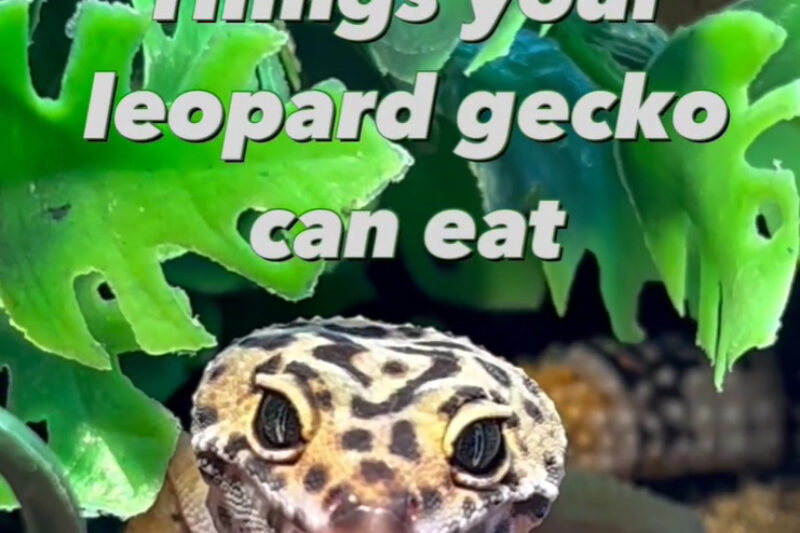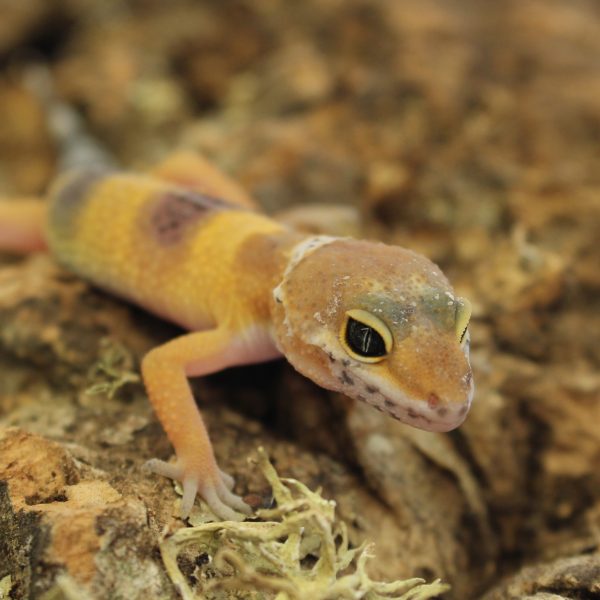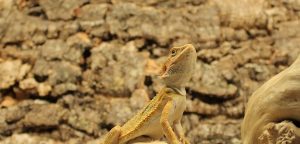
Why Do UVB Lamps for Reptiles Need to Be Replaced?
Why Do UVB Lamps for Reptiles Need to Be Replaced and How Often UVB lamps are essential for the health and well-being of reptiles, but

Leopard geckos (Eublepharis macularius) are captivating reptiles known for their unique appearance and easy care requirements. As insectivores, their diet primarily consists of live invertebrates. In this comprehensive guide, we’ll delve into the various species of invertebrates that leopard geckos can enjoy.
By providing a diverse range of invertebrates, you’ll keep your leopard gecko healthy, happy, and thriving. Happy feeding!


Why Do UVB Lamps for Reptiles Need to Be Replaced and How Often UVB lamps are essential for the health and well-being of reptiles, but

Why Reptiles Require UVB Light and How Their Bodies Use It Reptiles, unlike mammals, cannot synthesize vitamin D3 through their diet alone. Instead, they rely

How to Care for Your Reptile During a Power Cut Power cuts can be stressful, especially when you have a reptile that relies on a
Copyright 2021 Evolution Reptiles
All rights reserved.